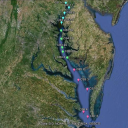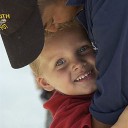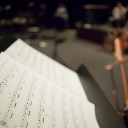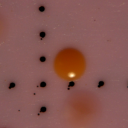
The influence of tropical cyclones on Chesapeake Bay dead zones
By Chelsea D. Taylor
Abstract Concentrations of nitrogen (N), phosphorus (P), chlorophyll a (Chla), and dissolved oxygen (DO) were analyzed before and after the impact of six tropical cyclones (TCs) to determine their influence upon dead zones in the Chesapeake Bay. Using the Chesapeake Bay Data Hub, data was collected and analyzed using paired t test, both temporally and … Continue reading →






